Nutrition information panel
Having an understanding of what’s in your food can make it easier to make better choices and look after your transplant. Being able to read a food label will help you choose better products within categories. In particular, pay attention to the energy, saturated fat, sugar and salt content of items you purchase.
When comparing two different products within a category – for example, two different types of yoghurt – always make comparisons using the per 100g column, as serving sizes may be different between the two products.
This link provides an excellent visual reference to understanding a food label.
The Health Star Rating system
A food can be rated from 0.5 to 5 stars. The Health Star Rating system is a front-of-pack label to help quickly and easily identify better choices within a food category. For example: comparing a 2-star cereal with a 5-star cereal. It shouldn’t be used to compare a 2-star flavoured drink with a 2-star cereal bar as the nutritional quality, although poor in both, is quite different from each other. The more stars a product has, the better the nutritional quality.
You can find more information at healthstarrating.gov.au.
Reading an ingredients list
Ingredients are listed from the highest to the lowest quantity. When buying a product that claims to contain a healthy ingredient, always look to see how high up the list that ingredient is.
Be aware of the many ways sugar can be listed. It may be listed as sugar, glucose, sucrose, fructose, malt extract, rice malt syrup, honey and corn syrup, just to name a few.
Be aware of nutrition claims: Some products will place nutrition claims on their labels. For example, ‘salt reduced’ does not mean the product is low in salt; it simply means that it has less salt than the original version. Products labelled as ‘lite’ may not be low or reduced in fat, but light in flavour. Foods with ‘no added sugar’ may be high in naturally occurring sugar.
For nutrient claims to be made such as ‘low in fat’ or ‘good source of calcium’, products must meet certain requirements set out by Food Standards Australia and New Zealand (FSANZ). Check these claims by referring to the Nutrition Information Panel while choosing healthy foods. For example, products carrying ‘low fat’ claims may not be low in total energy (kilojoules).

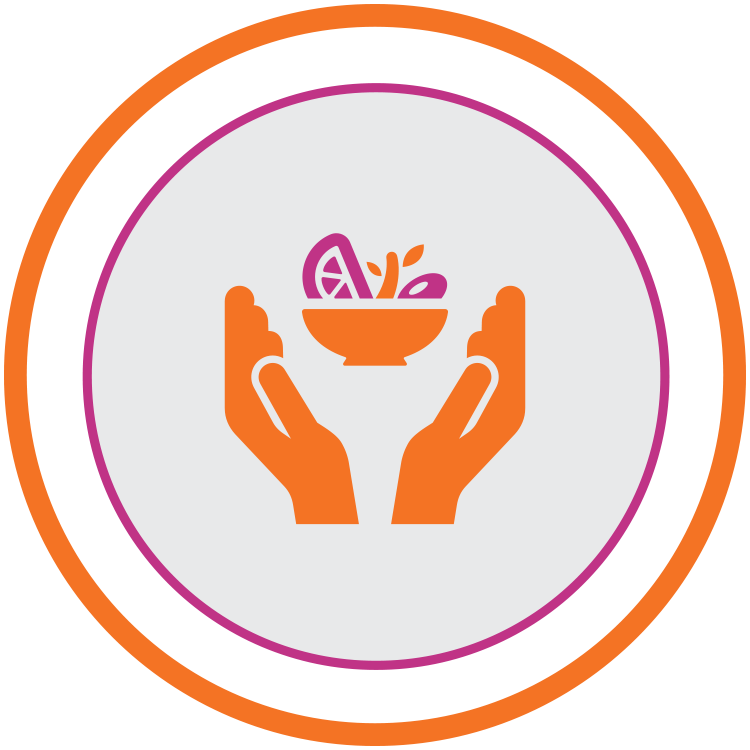

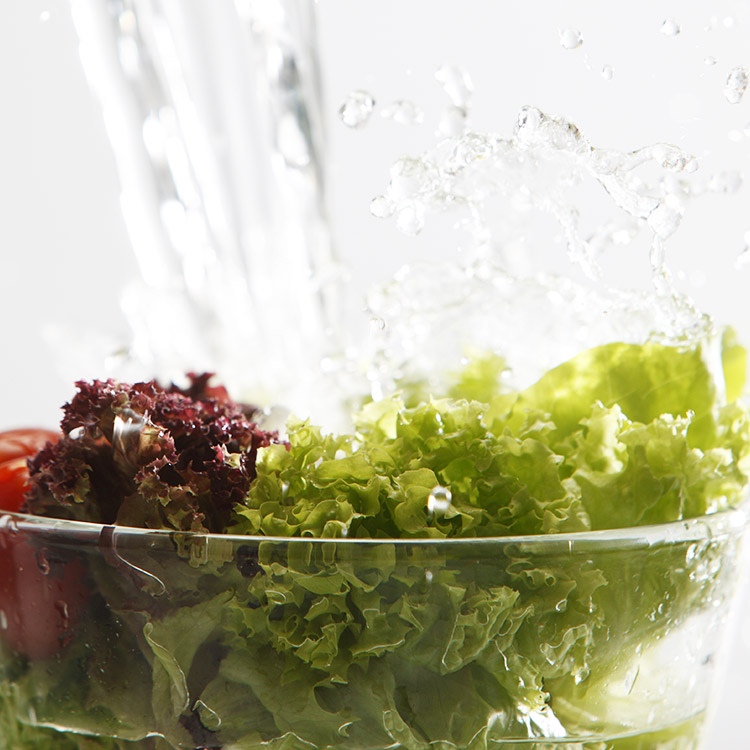
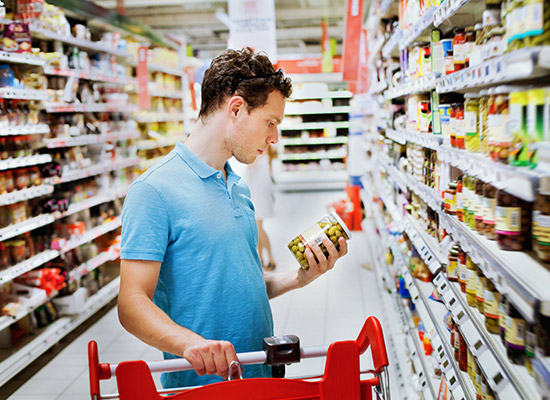
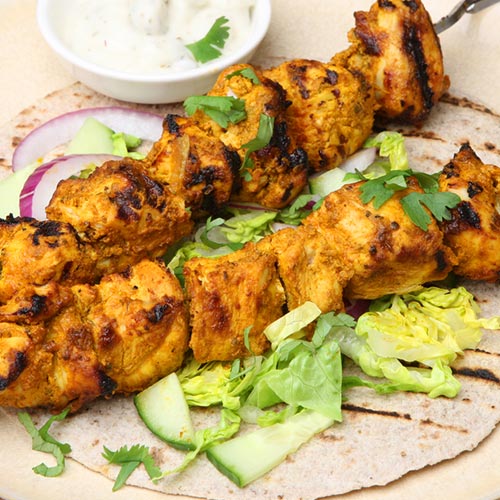
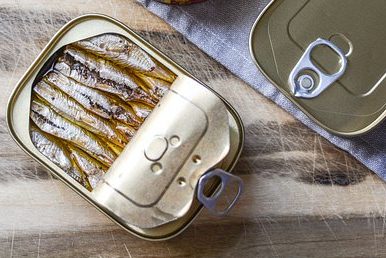
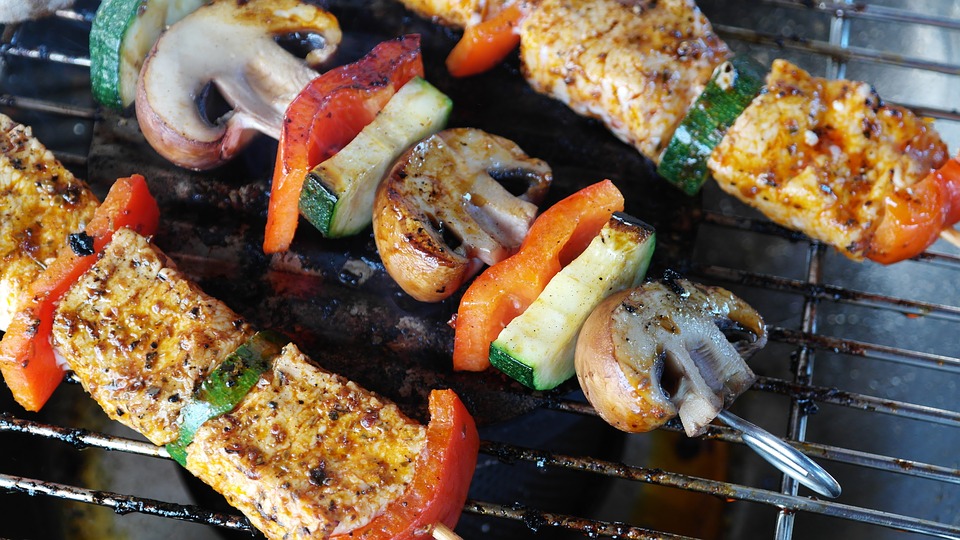


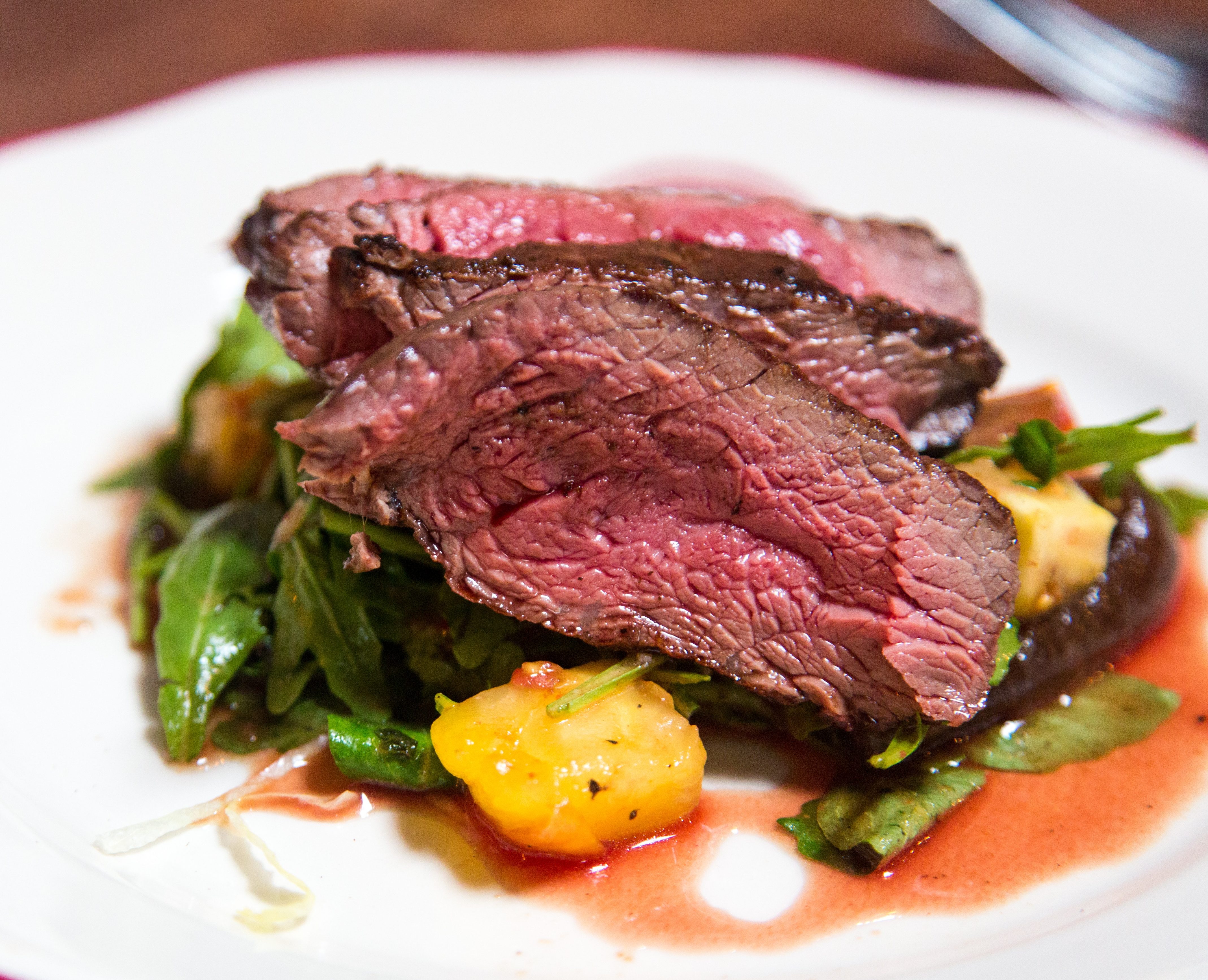
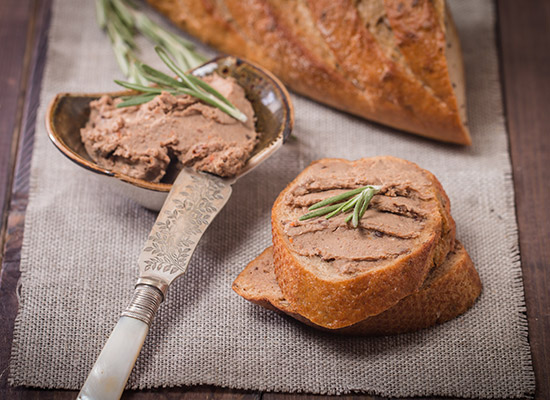



Recent Comments